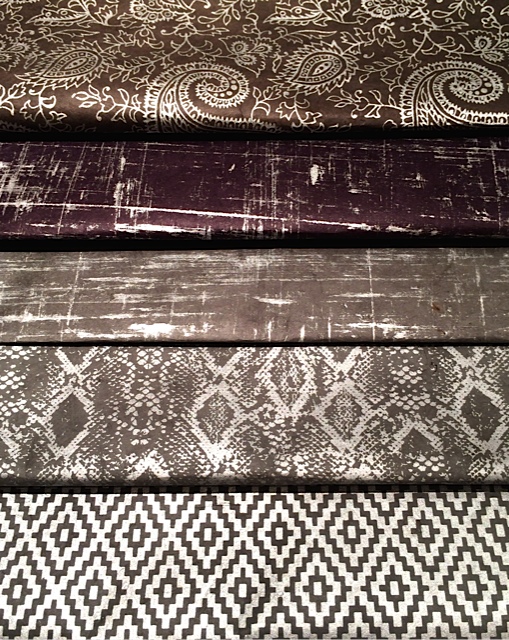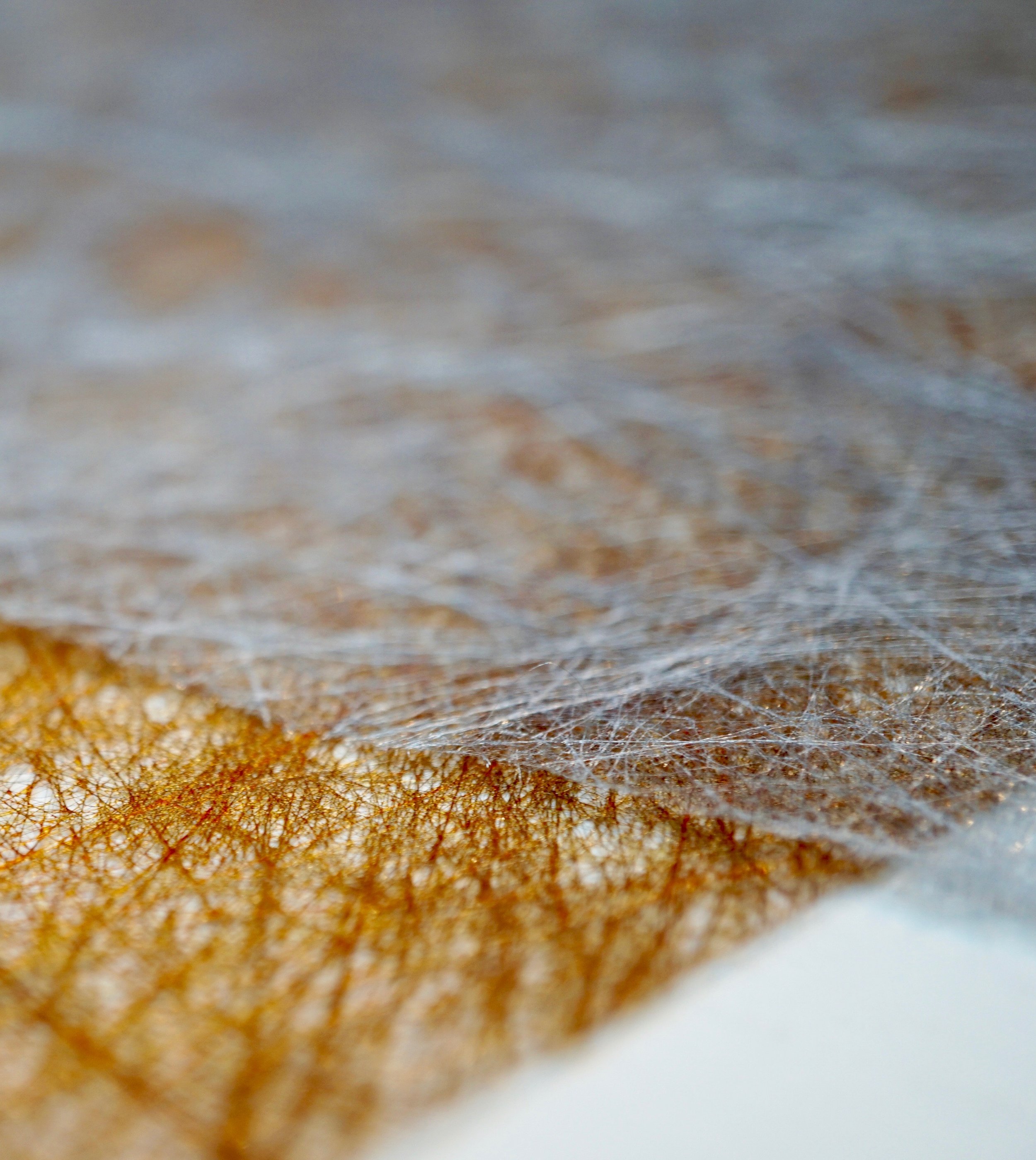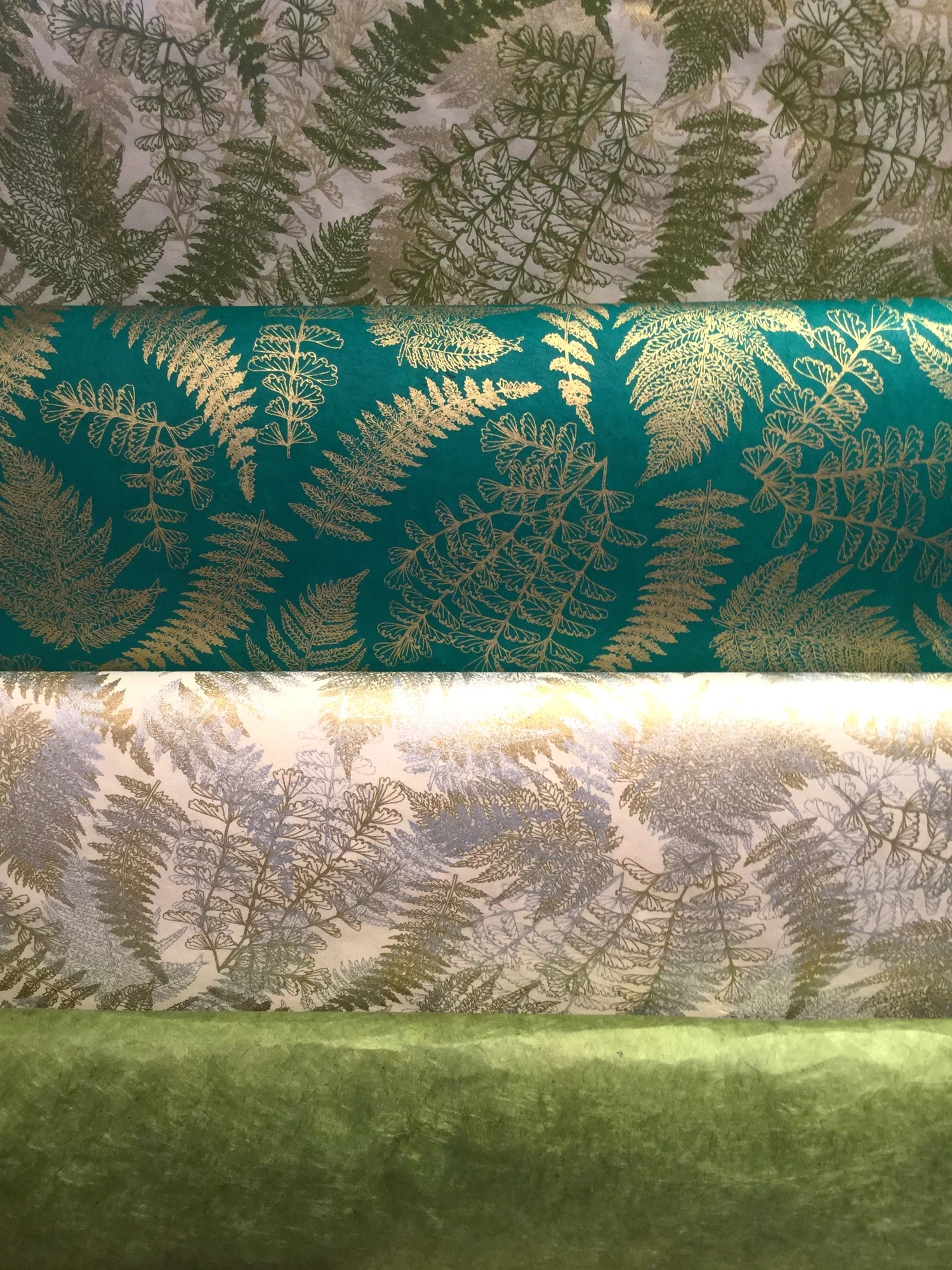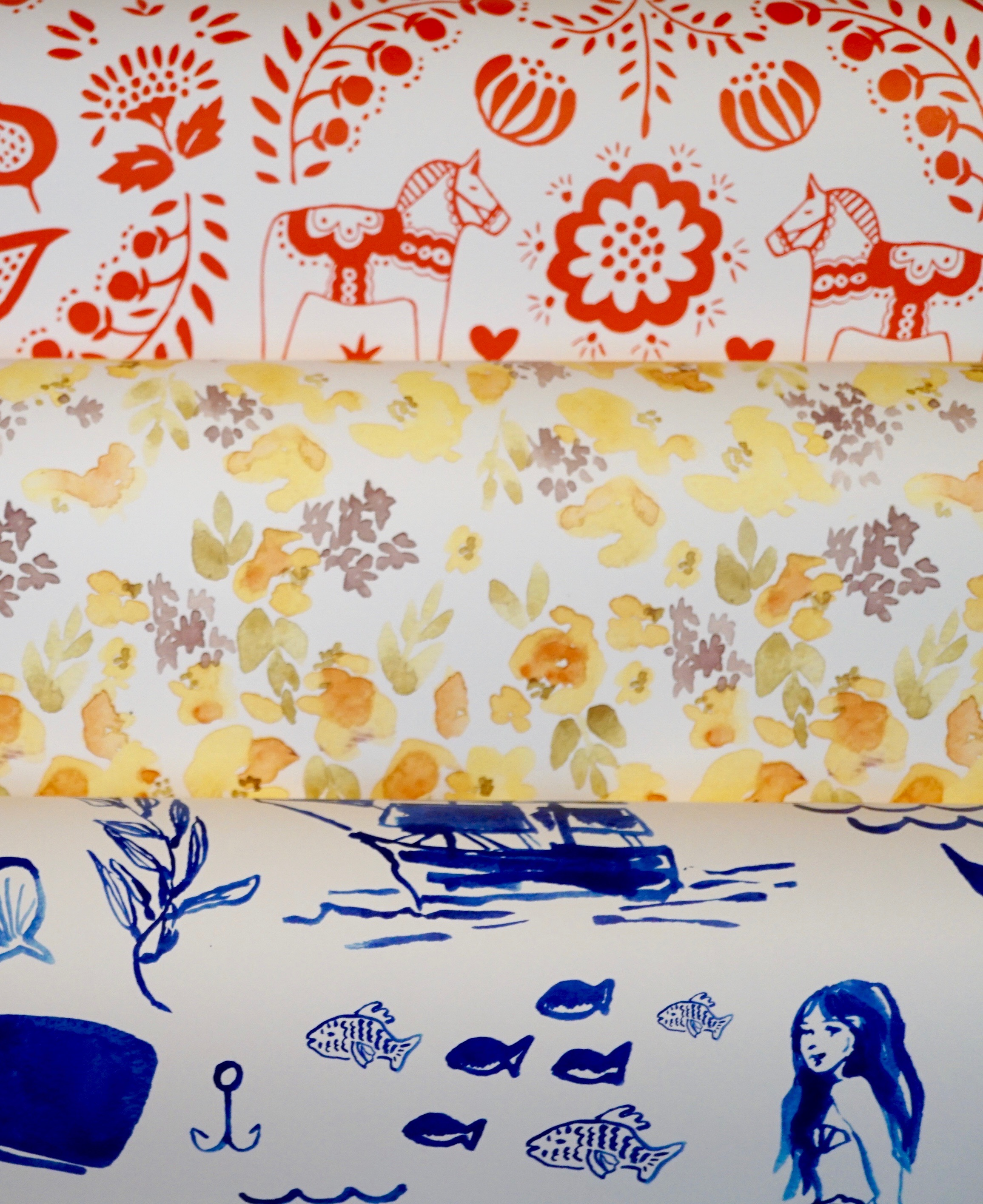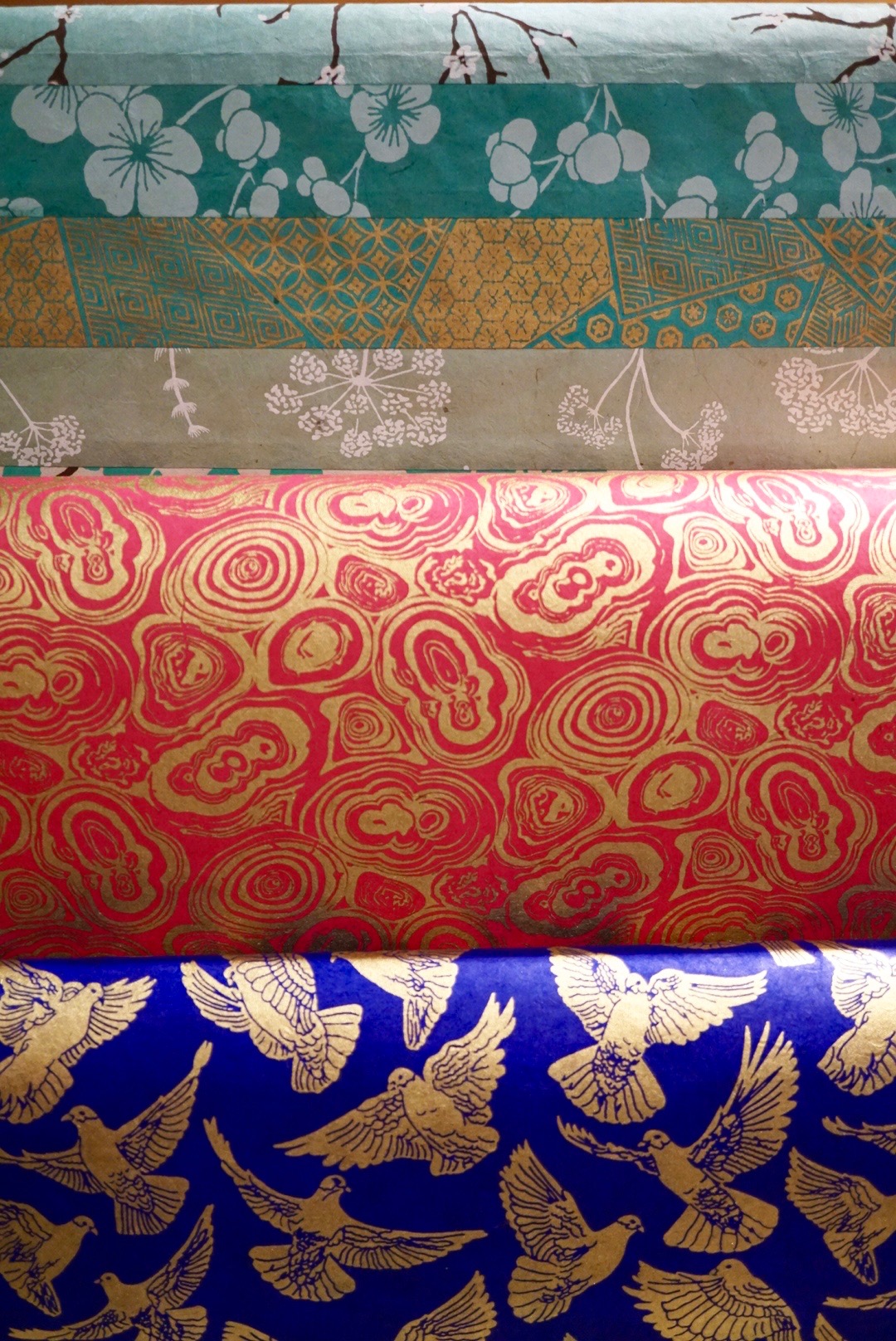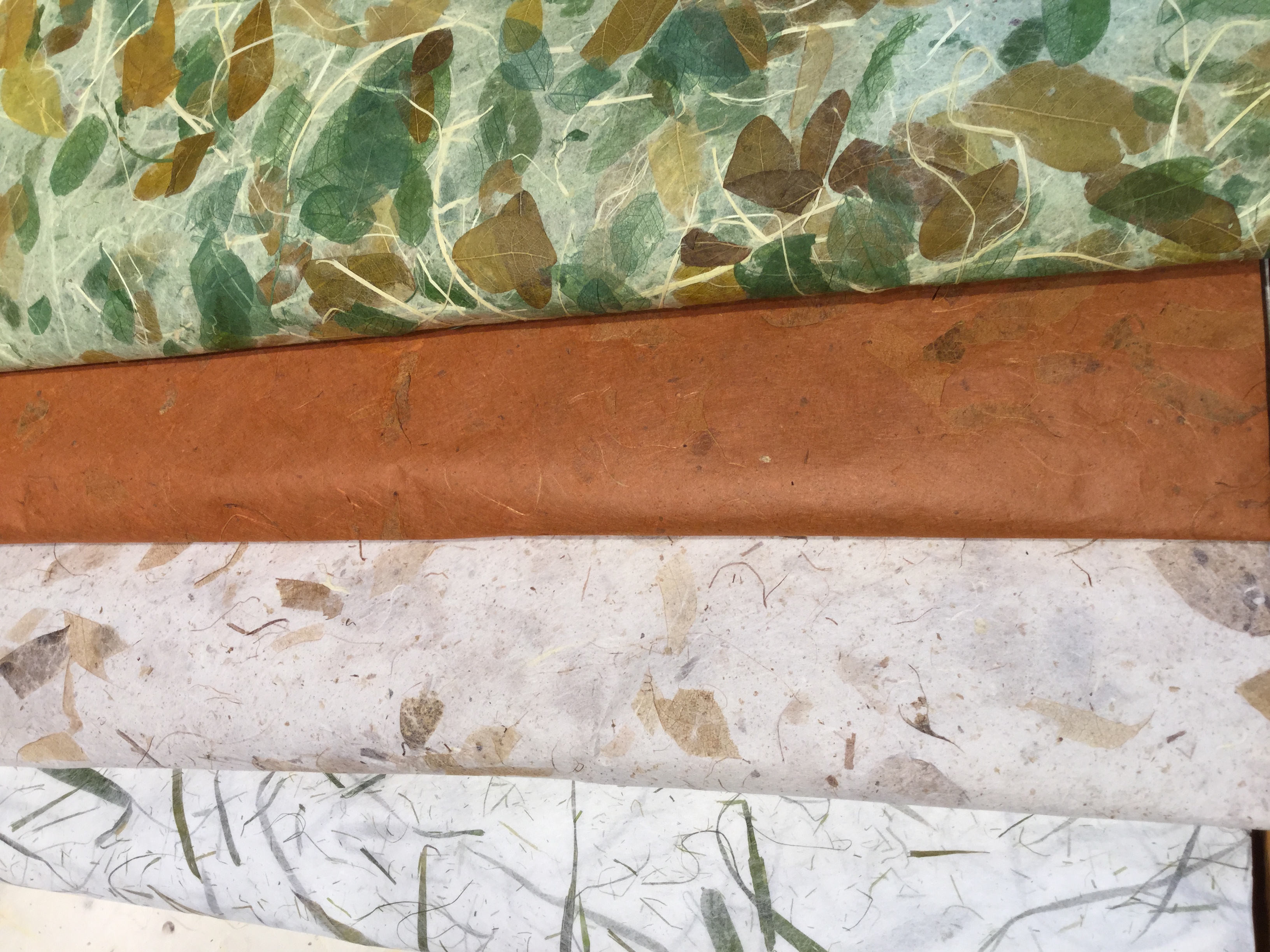Paper has a new meaning at Paper-Ya. For the uncommon, the sophisticated, or the funky, we aim to surprise. We carry hundreds of different sheets of amazing papers to choose from. This is just a slideshow sampler. Our stock is always changing as we celebrate the new, the fresh and the creative in handmade papers from around the world.
- Natural
- Decorative
- Japanese
- Origami
- Invitations
Glossary & Notes
+ acid
In chemistry, a substance capable of forming hydrogen ions when dissolved in water. Acids can weaken cellulose in paper in, board, and cloth, leading to embrittlement. Acids may be introduced in the manufacture of library materials and may be left in intentionally (as in certain sizings) or incidentally. Acids may also be introduced by migration from other materials or from atmospheric pollution. See also pH and Acid migration.
+ acid free
In chemistry, materials that have a pH of 7.0 or higher. Sometimes used incorrectly as a synonym for alkaline or buffered. Such materials may be produced from virtually any cellulose fiber source (cotton and wood, among others), if measures are taken during manufacture to eliminate active acid from the pulp. However free of acid and paper or board may be immediately after manufacture, over time the presence of residual chlorine from bleaching, aluminum sulfate from sizing, or pollutants in the atmosphere may lead to the formation of acid unless the paper or board has been buffered with an alkaline substance.
+ Archival
Paper that is not only acid free but is also lignin and sulfur free.
+ Chine Colle
A paper "collage" process in which sheets of paper are laminated together by the pressure of an etching press and acid free glue. This process allows for layers of colored areas to be achieved without having to use separate plates. As well, this process is often used in conjunction with the finer Japanese papers. The artist glues the Japanese papers to a heavier paper for easier handling.
+ Deckle
The wooden frame that rests on top of a mould and defines the edge of a sheet during hand paper making.
+ Deckle Edges
Edges that are feathered edges of a sheet created when the pulp thins towards the edge of the deckle frame.
+ Kozo
A long, rough fiber from t he mulberry tree that produces strong absorbent sheets of paper. This is the most common fiber used in papermaking in Japan.
+ Linters
The short fibers that cling to cotton seeds after the first ginning. These fibers are too short for thread spinning or clothmaking, but are useful in making paper pulp. Yes, we sell linters.
+ Neutral
Having a pH of 7; neither acid nor alkaline.
+ pH
In chemistry, pH is a measure of the concentration of hydrogen ions in a solution, which is a measure of acidity or alkalinity. The pH scale runs from 0 to 14, and each number indicates a tenfold increase. Seven is pH neutral; numbers below 7 indicate increasing acidity, with 1 being most acid. Numbers above 7 indicate increasing alkalinity, with 14 being most alkaline. Paper with a pH below 5 is considered highly acidic. Buffered storage materials typically have a pH between 7 and 9.
+ Polyvinyl Acetate (PVA)
A plastic usually abbreviated as PVA. A colorless transparent solid, it is usually used in adhesives, which are themselves also referred to as PVA or PVA adhesive. There are dozens of PVA adhesives, some are "internally plasticized" and are suitable for use in conservation, due to greater chemical stability among other qualities. Paper-Ya carries PVA glue.
+ Sizings
Chemicals added to paper that make it less absorbent, so that inks applied will not bleed. Acidic sizings can be harmful and can cause paper to deteriorate, but some are not acidic and are expected to be more chemically stable.
+ Storing Tips
Store papers in a cool, dry place. Be aware that when papers are in contact, acids can migrate from one to another, for example from a newspaper clipping to a photograph on the opposite page of an album. Likewise, poor quality glues and adhesives can damage high quality papers.
+ Unryu
Meaning "cloud dragon paper" is characteristic of paper containing strands of fiber that are added to the sheet to create contrast and texture.
+ Vellum
Today’s vellums are 100% wood fiber transparentized paper. The translucent visual appearance provides many printing and creative opportunities. When commercial printing use high tack, fully oxidizing inks, as these non-porous papers can demand a longer drying time. When printing on home printers try to hand feed flat.















